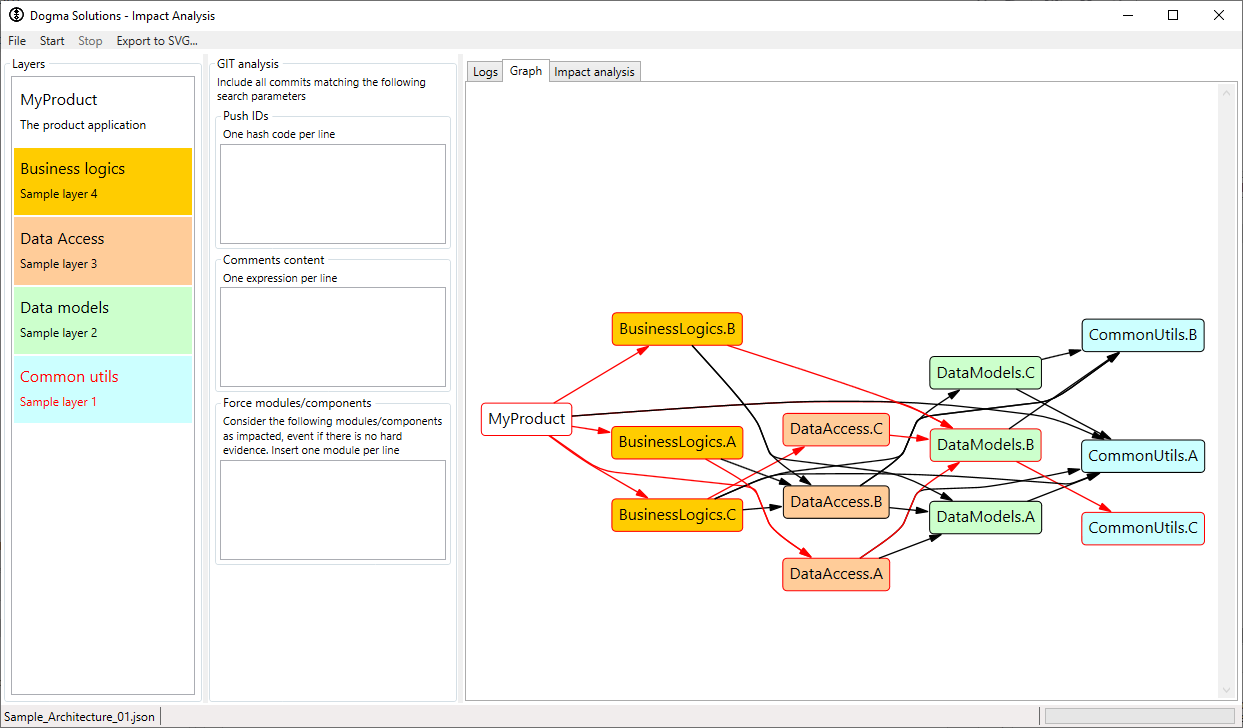Software development is an ongoing process of learning and refinement. Each day brings the challenge of seeking better ways to build software – more efficient code, more robust systems. Having benefited from the kindness and wisdom of colleagues and many, many other authors, I now find myself in a position to share my own insights into Defensive Programming, Defensive Design and Quality Assurance. The book “Practical Defensive Design, Defensive Programming and Quality Assurance principles: Full-color edition with C# examples” is my humble attempt to return that kindness, offering the community some of the guidance and support I’ve received along the way.
Defensive Design, Defensive Programming and Quality Assurance are vast, multi-faceted, complex topics with deep historical roots and significant ramifications across multiple aspects of IT.
Defensive Programming is a software development technique designed to improve the robustness and reliability of code. It’s about anticipating potential problems and implementing safeguards to prevent them, in order to improve, and potentially guarantee, User Safety, Cybersecurity, System Integrity, Privacy and Data Confidentiality.
Defensive Design is its counterpart at a higher abstraction level, and involves creating infrastructures and architectures able to host and run code created with the Defensive Programming principles. As the two faces of the same medal, they both involve many different aspects of programming and different strategies, depending on the kind of application, and the technologies used to create it.
Quality Assurance is the means by which a consistent and unified work methodology is achieved for all its principles. Defensive Design, Defensive Programming and Quality Assurance are practically inseparable; one cannot be effectively maintained long-term without the other.
If you are interested, you can buy “Practical Defensive Design, Defensive Programming and Quality Assurance principles: Full-color edition with C# examples”, on Amazon
Topics
The topics treated in the book are the following:
Section 1 General principles and landscape
1. Defensive Design and Defensive Programming core principles
2. KPIs (Key Performance Indicators)
3. System health
4. Cybersecurity misconceptions
5. The “Defense in Depth” principle
Section 2 Defensive Design & Defensive Programming
6. Anticipating errors and anomalies
7. Graceful error handling
8. Enhancing robustness and resilience
9. Input validation
10. Automated testing
11. Assertions
Section 3 Cybersecurity
12. Cybersecurity is a first-class citizen
13. Cybersecurity posture
14. Cybersecurity rules of thumb
15. Software Bill Of Materials (SBOM)
16. SemVer 2.0
17. Knowledge bases and data formats
18. IEC 62443
19. Authentication vs Authorization
20. Security models, schemas, domains
21. Notable laws and regulations
22. Cyber Resilience Act (CRA)
Section 4 Quality Assurance
23. Quality Assurance principles
24. VCS and code branch management
25. Structured commits messages
26. SAST & DAST
27. The STRIDE and DREAD-D frameworks
28. Software Development Lifecycle (SDLC)
29. Secure Software Development Lifecycle
30. CI/CD
Section 5 Good practices, Bad practices, and everything in-between
31. Adopting the proper mindset
32. Embrace the power of D.D.D.
33. Architecture and high-level design
34. Low-level modeling and coding best practices
35. Your data is sacred
36. Evolving the system
37. Thinking like a defender
38. All Hands, Safe and Sound
Sources and samples
Some of the diagrams and source code samples contained in the book can be downloaded from the official GitHub repository:
https://github.com/NinjaCross/DefensiveDesign-DefensiveProgramming-QualityAssurance

